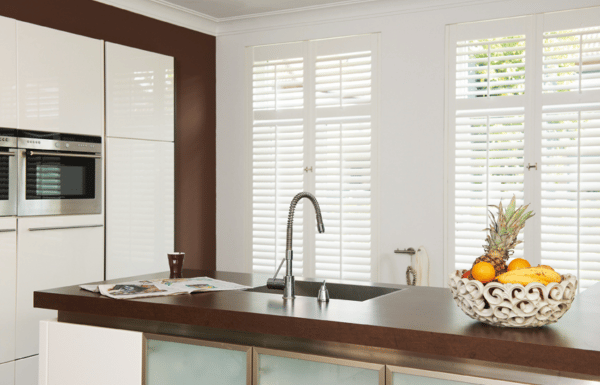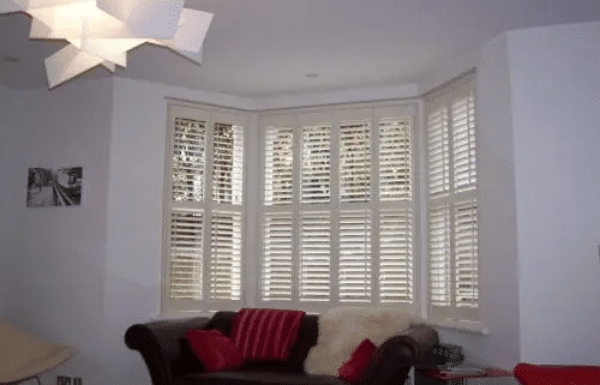Shutters and plantation shutters are two popular types of window coverings, but they have some key differences.
Plantation shutters are larger in width and height than traditional shutters. The major distinction is in their function. Plantation shutters, in addition to opening, have louvres that allow the angle of the slats to be adjusted. This is critical for keeping large residences cool throughout the summer.
What exactly are traditional shutters?
Shutters are something that almost everyone is familiar with; they are panels that cover your windows from the inside and are usually mounted on a moving track or on a hinge. They’re more insulating than thin curtains and frequently have a finer appearance, with a strong emphasis on all-or-nothing visibility (they’re either open or closed). Some are entirely solid and opaque, while others will be latticed or angled like window blinds; however, they all operate in the same way.
What exactly are plantation shutters?
Because many firms mistakenly identify their own shutters or design them in very particular ways, there is sometimes a lot of uncertainty regarding what “plantation shutters” truly are. A plantation shutter, in general, is a louvred design that employs slanted horizontal slats rather than a basic block or pattern. They’re meant to slope downward from the outside in, allowing more air and light in when they are open.
When closed, plantation shutters do exactly the opposite, blocking practically all light and lowering the quantity of chilly air that may enter the window. They are frequently painted white, a relic of their use on genuine plantations, to reflect heat and light and keep the space cooler. In some circumstances, they may be able to fold in on themselves to provide you with complete access to the raw glass, while in others, they may be a permanent feature.


Size and construction
Plantation shutters are typically larger and have wider louvres than traditional shutters. They are also typically made from wood, although they can also be made from vinyl or composite materials. Traditional shutters can be made from a variety of materials, including wood, vinyl, metal, and composite materials.
Functionality
Plantation shutters have adjustable louvres, which allow you to control the amount of light and airflow that enters the room. Traditional shutters can be either open or closed, but there is no way to adjust the louvres.
Thermal properties
Both shutters and plantation shutters can help to insulate your home and save energy. However, plantation shutters are generally more effective at insulation than traditional shutters. This is because plantation shutters have larger louvres, which allow for more airflow and better ventilation.
Aesthetics
Plantation shutters are generally considered to be more stylish and elegant than traditional shutters. They can add a touch of luxury to any home. Traditional shutters can also be stylish, but they tend to have a more traditional look and feel.
Energy efficiency
According to the Building Services Research and Information Association (BSRIA), shutters and plantation shutters can both help improve the energy efficiency of your home. Shutters can reduce heat loss in the winter by up to 20%, and plantation shutters can reduce heat gain in the summer by up to 50%.
Cost
Plantation shutters are typically more expensive than traditional shutters. This is because plantation shutters are larger and have more complex construction.
Which one is right for you?
The best type of window covering for you will depend on your budget, your style preferences, and your climate. If you are looking for a stylish and energy-efficient window covering that will add a touch of luxury to your home, then plantation shutters are a good option. If you are on a budget or prefer a more traditional look, then traditional shutters may be a better choice.
Additional considerations
When choosing between shutters and plantation shutters, there are a few other things to keep in mind:
If you’re not sure what kind of shutter is visually appropriate for your living space, the easiest approach to determining which kind of window covering is ideal for you is to arrange for a home visit from our knowledgeable staff. We enjoy discussing all things shutters, and from our extensive selection of residential plantation shutters, we will suggest the ideal shutters for your home.
Call Riverside Shutters today on 020 3126 4984 and our friendly, knowledgeable team will be here to help with all your questions. At the same time, why not arrange your free home survey?